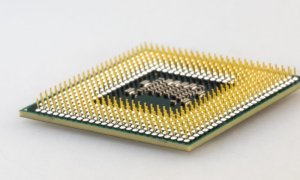As smartphones “grow” thinner every day, there’s one part that painfully sticks out: the camera bumps. Apple’s iPhones are famous for this inconvenience, although they’re not the only ones who had to make this compromise. But soon, smart handsets might roll out with rear cameras that stand flush on the back of the device thanks to Caltech’s new lens-less technology #mobilemagic
Caltech has managed to create an optical phased array chip that gathers light digitally, without being dependent on lenses. The team portrays it as “a single thin layer of integrated silicon photonics that emulates the lens and sensor of a digital camera”. This means that the system can bypass smartphones’ need of glass to focus at multiple distances.
The new chip can change focus without a lens and even switch “from a fish-eye to a telephoto lens instantaneously”. That’s huge, especially since it could change the face back of smartphones altogether. Caltech proof-of-concept chip is an 8×8 grid with 64 sensors that’s now capable of capturing just a low-res image right now.
The important thing is engineers are getting ready to scale up the tech to support bigger, more sensitive receivers. With the right resources and support, their chip should reduce the thickness and cost of cameras, enabling manufacturers to release smaller devices.
Follow TechTheLead on Google News to get the news first.























